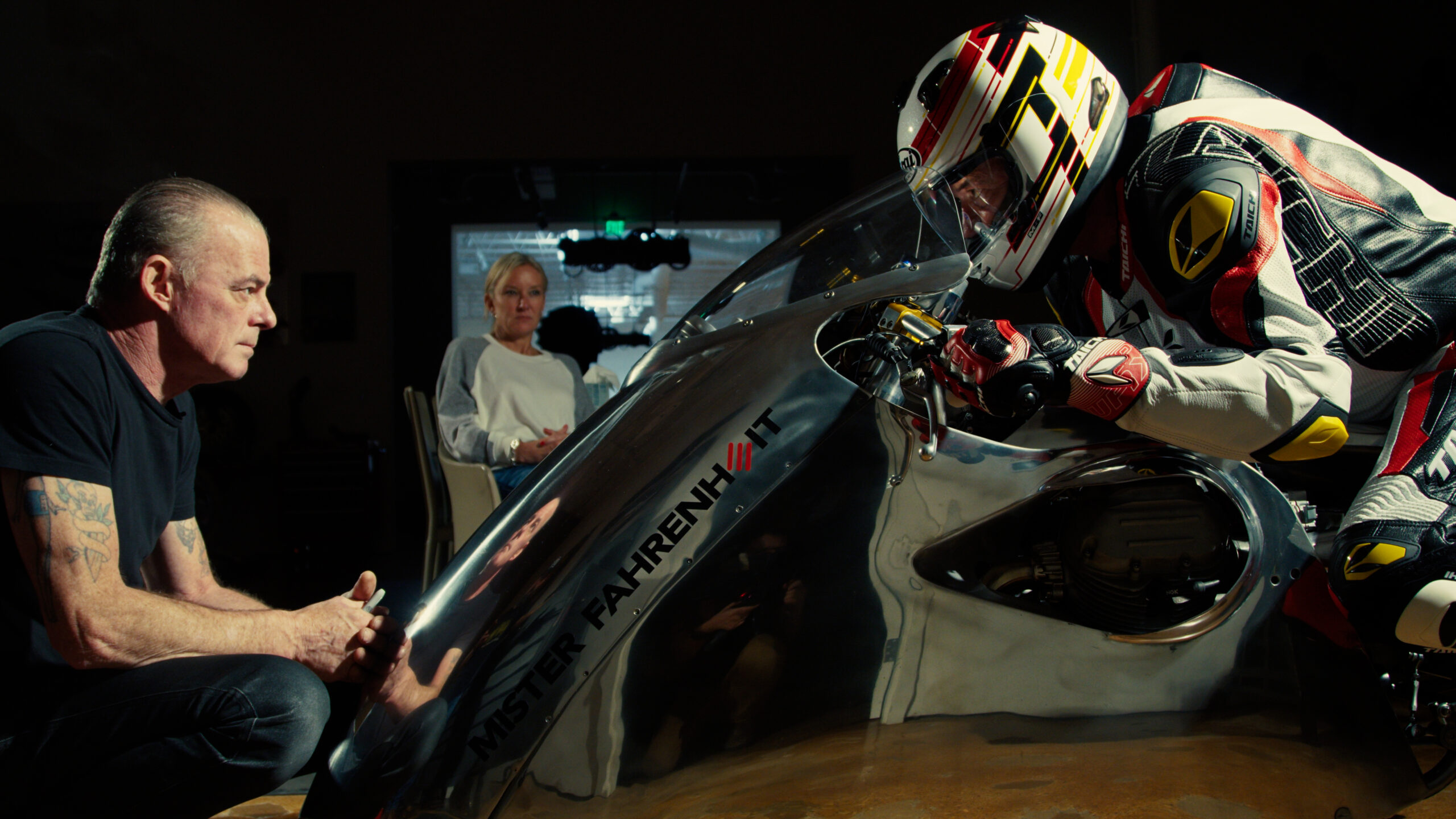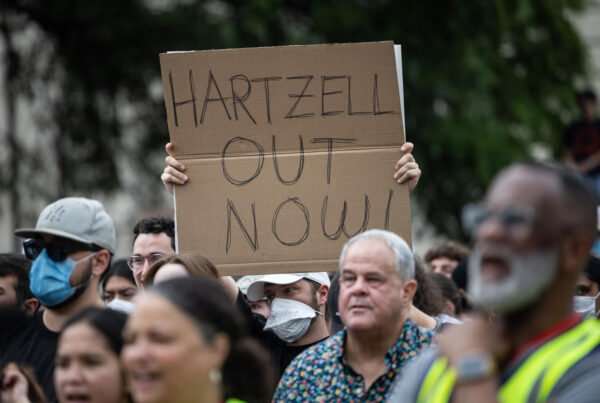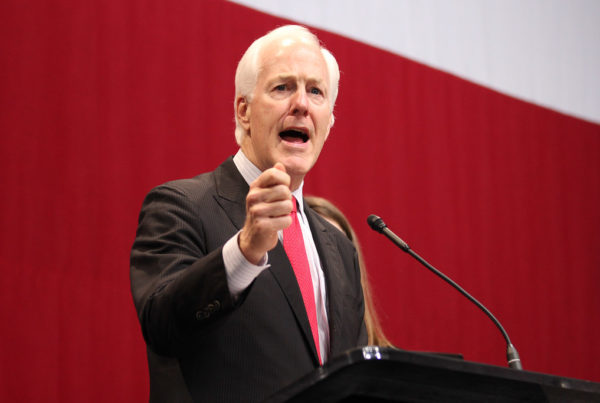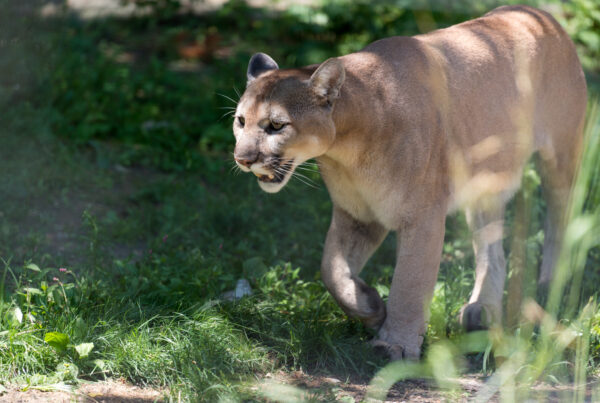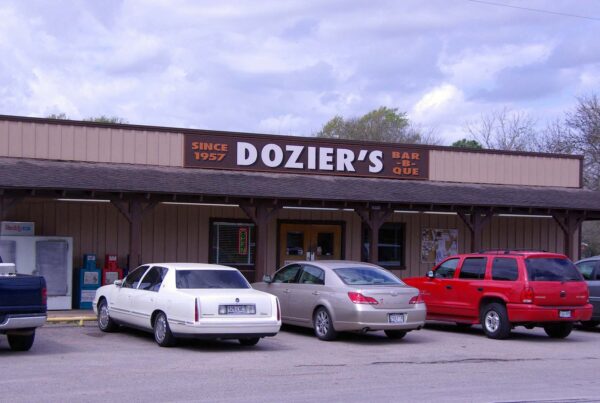Bobby Haas was a wealthy and fairly high-profile Dallas businessman. He once co-owned Dr Pepper and he opened a motorcycle museum with his name on it.
He was a man with varied interests, including aerial photography. He published books on the topic after picking up a camera in his 40s.
Right before his death in 2021, he was hoping to add one more distinction to his biography: world record holder.
Filmmaker Michael Rowley was working with Haas to capture the attempt in a documentary. Haas died during the making of the film.
Now, “Racing Mister Fahrenheit” is premiering at the Dallas International Film Festival. Rowley spoke with Texas Standard about the twists and turns. Listen to the interview in the player above or read the transcript below.
This transcript has been edited lightly for clarity:
Texas Standard: This is your third documentary. Are they always this unpredictable?
Michael Rowley: Unfortunately, they seem to always be a little bit unpredictable. But this one really took us all for a shock, certainly.
We set out to obtain a world record with Bobby Haas. He was just this magnetic and charismatic person that just had an energy unlike anyone I had ever met. And we were shocked when, in the middle of the film, we lost Bobby suddenly.
This film deals with mortality, Bobby’s quest to gain his own pinch of immortality with a world record. But also, what it means to truly be immortal. Like, how you can live on in your legacy, in the lives of others, and the effect that you’ve had on the world.
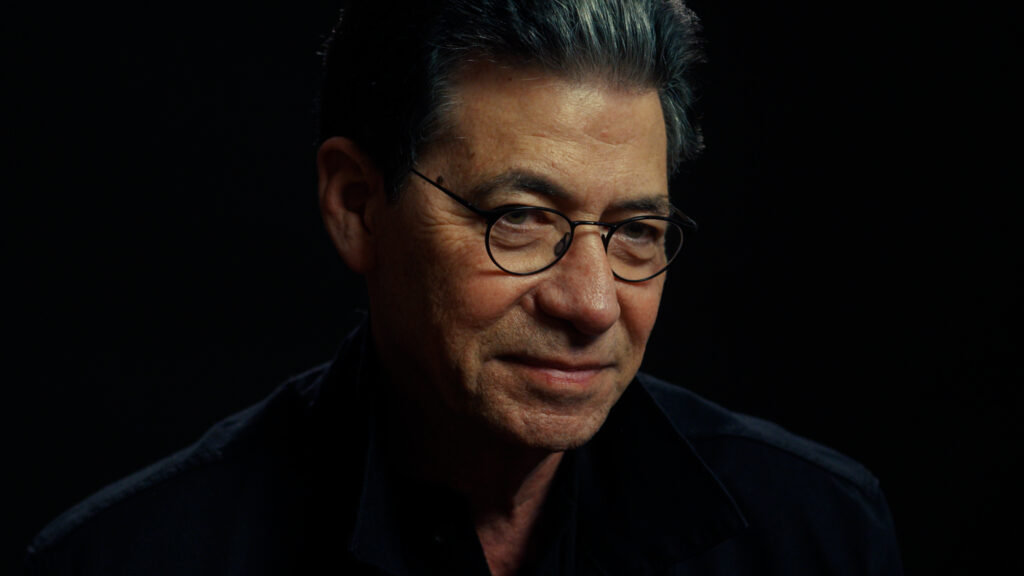
Bobby Haas in a still image from the documentary “Racing Mister Fahrenheit.”
Did you know much about Haas before going into this documentary?
I had never met Bobby or heard of him. I’ve lived in Dallas for about ten years now. And I just received an email from him in my inbox, and he was looking for a documentary filmmaker to kind of document this journey that he was setting out to go on. And immediately my ears perked up because I thought, “wow, how often do you get access to someone like this that is willing to take such a giant risk in the twilight years of his life?”
And upon meeting him, I just knew that this person was special and unique and that there would be an extraordinary story coming out of this. And, you know, from the beginning I was talking to Bobby about like, “what are your motivations for doing this as a 74-year-old?” This is a youthful and dangerous endeavor.
And so from the beginning, Bobby and I, you’ll see in the film, we’re talking about these ideas of mortality and what it means to live a good life and what it means to define success personally for yourself.
What was the record he was trying to break?
I’m sure you’ve maybe heard of the Bonneville Salt Flats in Utah. Every year they hold a few events out there.
Essentially what you do is you have a certain size of motorcycle, a certain size of engine. And this motorcycle actually was a sidecar. So it had a third wheel with a platform attached to it. And so Bobby was setting out to break the world record for 1000cc pushrod gas sidecar motorcycle.
But, you know, the dangers of a sidecar is that whenever you start getting up to higher speeds over 100mph, the wind can come on under the sidecar and actually flip the motorcycle. So it’s actually sometimes more dangerous than the two-wheeled counterparts.
What was the speed he was trying to set?
So the current record that’s held is 126.95 miles an hour for a 1000cc sidecar.
But as I understand it, he hadn’t even kick started an engine until he was like in his mid-60s, right?
Yeah, that’s exactly right.
So, Bobby, you know, he was a man of many talents. He was excited about many different creative things. And he just dove headfirst into everything that he found fascinating and tried to learn as much as he could about it, surround himself with people that were experts at it, and tried to become an expert himself. He really was a Renaissance man in a lot of ways.
I was interested in making this film because I’m always interested in telling a human story of people in extraordinary circumstances. And I don’t think it gets much more extraordinary than a 74-year-old in a leathered racing suit hurtling himself down the salt flats. And, you know, ultimately it was an exciting story of adventure that we were looking to tell.
But also I wanted to understand who he was, what his motivations were. And ultimately, we had to deal with the fact that we lost him. And how did those people around him, those closest to him, how are they grieving their friend? But also, how did they set out to accomplish the goals that Bobby set out at the beginning of this endeavor?
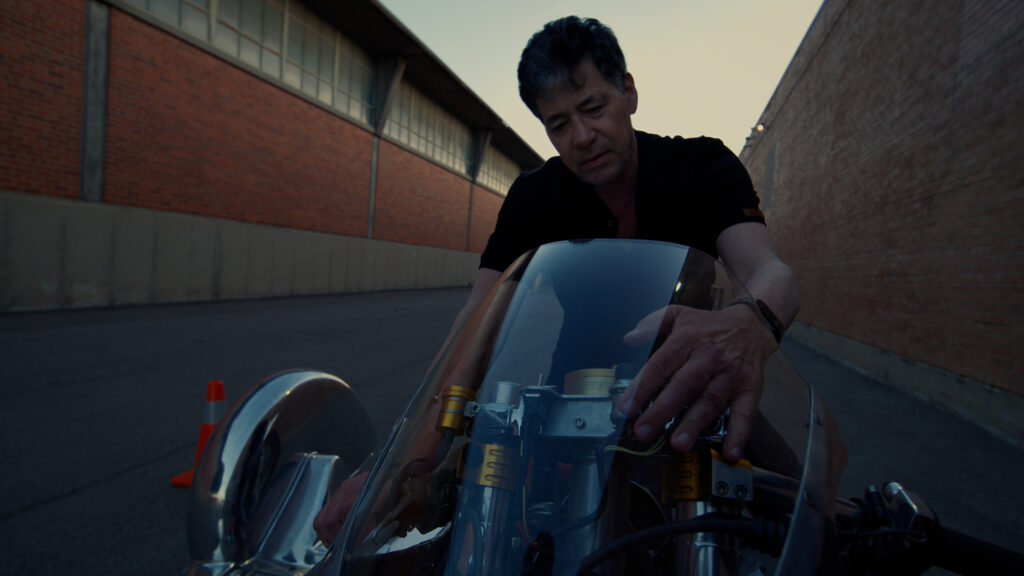
Bobby Haas starts Mister Fahrenheit behind the Haas Moto Museum in Dallas, Texas.
Did Bobby feel like he was not just racing Mister Fahrenheit, but racing an internal clock?
Bobby never let on to myself that, you know, maybe he was experiencing some health problems.
But looking back on it, I start to wonder whether Bobby was realizing that his time for adventures were potentially coming to a close. And so he wanted to live his life to the fullest for as long as he could and live his twilight years with his boots on.
This story reminds me a lot of a movie many years back called “World’s Fastest Indian.” Do you think Bobby was inspired by that?
I laugh because Bobby was a bit of a cinephile himself, and I think he had a proclivity towards these dramatic stories of overcoming the odds and being the unexpected victorious hero. Actually, he had referenced that film to me whenever he first reached out. He was like, “have you seen this film?”
So it’s funny you bring up that film because that was definitely on Bobby’s mind whenever we set out to do this.


